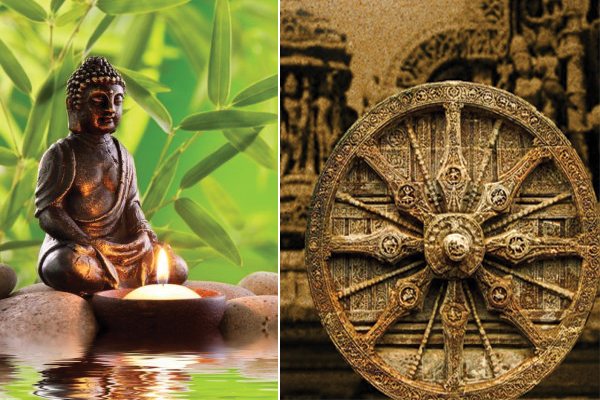Key difference between Vastu Shastra and Feng Shui
Posted on 15/09/2016 I by: AstroSaathi

Both Vastu and Feng shui are ancient arts that teach us the basic principles of living a life in harmony and stability. Between the two, vastu is older. The basic theory of this ancient Indian philosophy is art of placement. Feng shui on the other hand is all about balancing the energies to live in harmony.
Vastu is one of the most ancient sciences of architecture and is composed of specific rules, regulations and directions, set down by sages of the Vedic times.
Vastu shastra considers a house to be a living soul, having prana. The word “Vastu” came from Vastu – represent anything existing e.g. house, building etc. Shastra in Sanskrit means Systems or Knowledge.
On the other hand, Feng Shui is an ancient art of Chinese art who gives idea of living in harmony with environment to lead lives of contentment and happiness.
In Chinese language “Feng” means “wind” and “Shui” means “water”, implying thereby that the technique involves balancing of the cosmic element water & the cosmic quality “wind” in a system to achieve harmony with the cosmic forces.
It can also be said that Vastu Shastra is based on science while Feng Shui is based on geographical and traditional considerations. Both consist of five elements while Feng Shui has wood and metal instead of space and air.
Vastu is more beneficial for people as it brings balance between man and nature by rectifying the geographical errors; Feng Shui propagates the idea of living in tune with environment to bring fortune and success.
Feng Shui is a known science incorporating astronomy, geography and balancing the positive flowing energy in a house to bring fortune.

